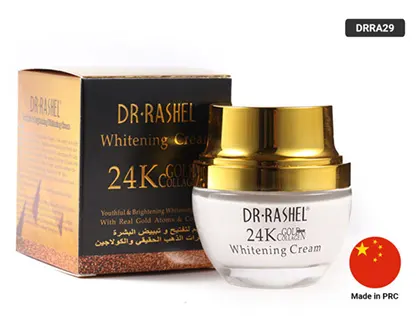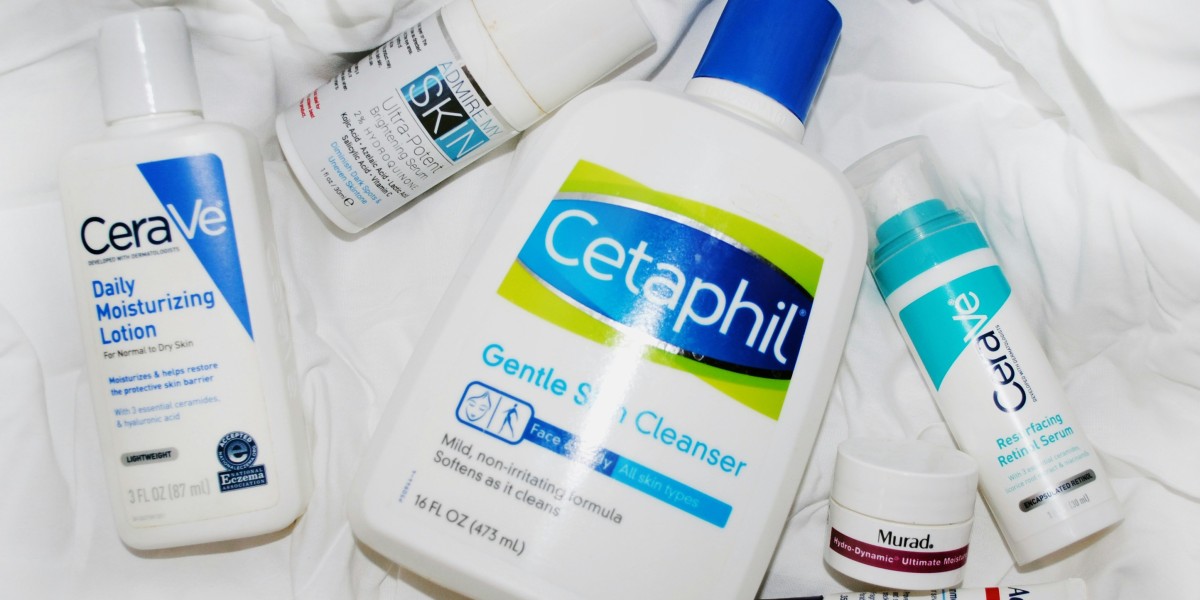
The skin is one of the largest organs we have, and if you are concerned about the health of your skin, and follow daily skincare routines like using skin whitening cream, Neutrogena moisturisers and other products, then it is good to have a deep understanding of the different layers of the skin.
The skin is a complex organ composed of three main layers, each with specific functions:
Epidermis: The outermost layer of the skin
Functions:
- Provides a waterproof barrier.
- Protects underlying tissues from injury, pathogens, and harmful UV radiation.
- Contains melanocytes, which produce melanin, the pigment responsible for skin colour.
- Houses keratinocytes, which produce keratin, a protein that helps the skin stay strong and resilient.
Dermis: The middle layer of the skin, located beneath the epidermis.
Functions:
- Provides structural support and elasticity due to the presence of collagen and elastin fibres.
- Contains blood vessels that supply nutrients and oxygen to the skin.
- Houses hair follicles, sweat glands, sebaceous glands (which produce oil), and nerve endings.
- Helps regulate body temperature through sweat production and blood flow.
Hypodermis (Subcutaneous Layer): The deepest layer of the skin.
Functions:
- Acts as an insulator to help maintain body temperature.
- Provides cushioning and absorbs shock to protect underlying tissues and organs.
- Stores energy in the form of fat.
Each layer plays a crucial role in maintaining the health and function of the skin, contributing to overall protection, sensation, and temperature regulation.
What role do these skin layers play in skin health?
Each layer of the skin contributes to skin health in specific ways:
- Epidermis:
- Protection: The epidermis acts as a barrier against environmental factors like UV radiation, pathogens, and physical injury. Its outermost cells, which are continuously shed and replaced, help prevent the entry of harmful substances.
- Hydration: The epidermis helps to maintain skin hydration by preventing excessive water loss. The barrier function also helps retain moisture within the skin.
- Regeneration: The epidermis constantly renews itself, with new cells forming at the base and migrating upwards to replace older cells that are shed from the surface. This renewal process helps in healing and maintaining healthy skin.
- Dermis:
- Support and Elasticity: The dermis provides structural support through collagen and elastin fibres, which keep the skin firm and elastic. This helps in maintaining skin integrity and preventing sagging.
- Nourishment: Blood vessels in the dermis supply nutrients and oxygen to the epidermis and other skin structures, promoting overall skin health and aiding in the healing of wounds.
- Thermoregulation: Sweat glands in the dermis play a key role in regulating body temperature through sweating. Additionally, blood vessels in the dermis can constrict or dilate to help control body heat.
- Hypodermis (Subcutaneous Layer):
- Insulation: The hypodermis helps insulate the body, protecting it from extreme temperatures and maintaining a stable internal temperature.
- Cushioning: The fat stored in the hypodermis acts as a cushion, absorbing shock and reducing the risk of injury to underlying tissues and organs.
- Energy Storage: The hypodermis stores energy in the form of fat, which can be mobilised when needed for energy.
The health of the skin relies on the proper functioning of all three layers. Maintaining a healthy balance among these layers is crucial for protecting against environmental damage, ensuring effective healing, and supporting overall skin function.
How to choose a good skincare routine that supports all layers of the skin
Choosing a good skincare routine that supports all layers of the skin involves selecting products and practices that address the needs of the epidermis, dermis, and hypodermis. Here is a guide to help you create an effective skincare routine:
- Cleansing
- Purpose: Removes dirt, excess oil, and impurities without stripping the skin of its natural moisture.
- Tip: Use a gentle, non-stripping cleanser suitable for your skin type (e.g., foaming for oily skin, cream-based for dry skin). Good quality products are essential for proper skin care, and you should purchase renowned products like Cetaphil, Neutrogena etc. While the Cetaphil cleaner price in Sri Lanka maybe a bit on the high side as compared to other cleanser prices in Sri Lanka, it is still worth it in the long run.
- Exfoliation
- Purpose: Removes dead skin cells from the epidermis, promoting cell turnover and preventing clogged pores.
- Tip: Exfoliate 1-2 times a week using chemical exfoliants (like AHAs or BHAs) or physical exfoliants. Avoid over-exfoliating, which can damage the skin.
- Toning
- Purpose: Balances skin pH, tightens pores, and prepares the skin for better absorption of subsequent products.
- Tip: Choose a toner with hydrating and soothing ingredients like hyaluronic acid or rose water.
- Moisturising
- Purpose: Hydrates the skin and supports the skin barrier (epidermis), preventing moisture loss.
- Tip: Use a moisturiser suited to your skin type. For oily skin, opt for a lightweight, non-comedogenic moisturiser; for dry skin, choose a richer, hydrating formula.
- Sun Protection
- Purpose: Protects the skin from harmful UV rays that can damage the epidermis and contribute to premature ageing.
- Tip: Apply a broad-spectrum sunscreen with SPF 30 or higher daily, even on cloudy days.
- Targeted Treatments
- Purpose: Address specific skin concerns such as acne, ageing, or hyperpigmentation.
- Tip: Incorporate serums or treatments containing ingredients like vitamin C (for brightening), retinoids (for anti-ageing), or niacinamide (for soothing and strengthening the skin barrier).
- Hydration and Nutrition
- Purpose: Supports overall skin health from the inside out.
- Tip: Drink plenty of water and maintain a balanced diet rich in antioxidants, vitamins, and healthy fats.
- Gentle Care
- Purpose: Avoids unnecessary irritation and damage to the skin.
- Tip: Avoid harsh scrubs, hot water, and overuse of products that can compromise the skin barrier.
- Regular Assessments
- Purpose: Adjust your routine based on changes in your skin’s needs or any new concerns.
- Tip: Monitor your skin’s response to products and consult a dermatologist if needed.
By focusing on these elements, you can create a skincare routine that supports and maintains the health of all skin layers, leading to healthier, more resilient skin.








